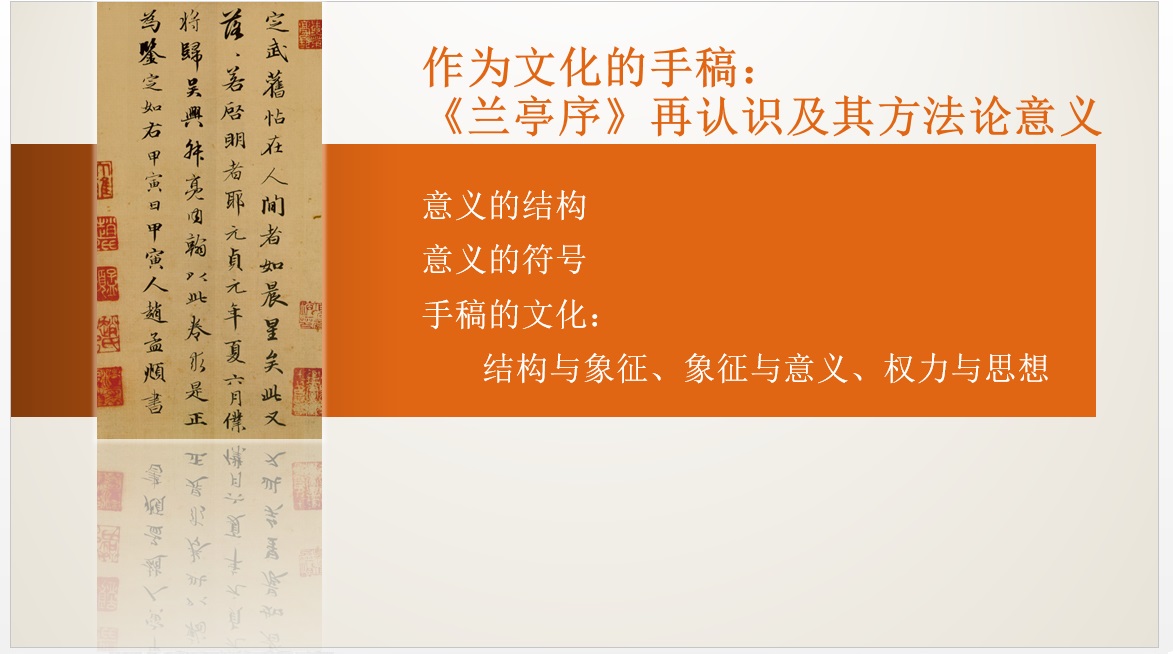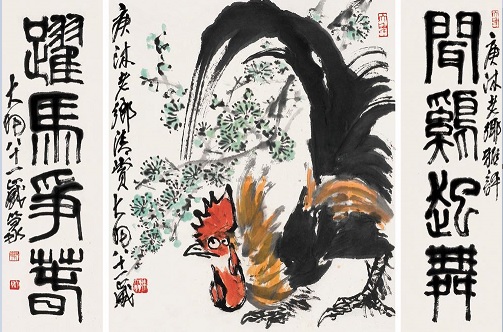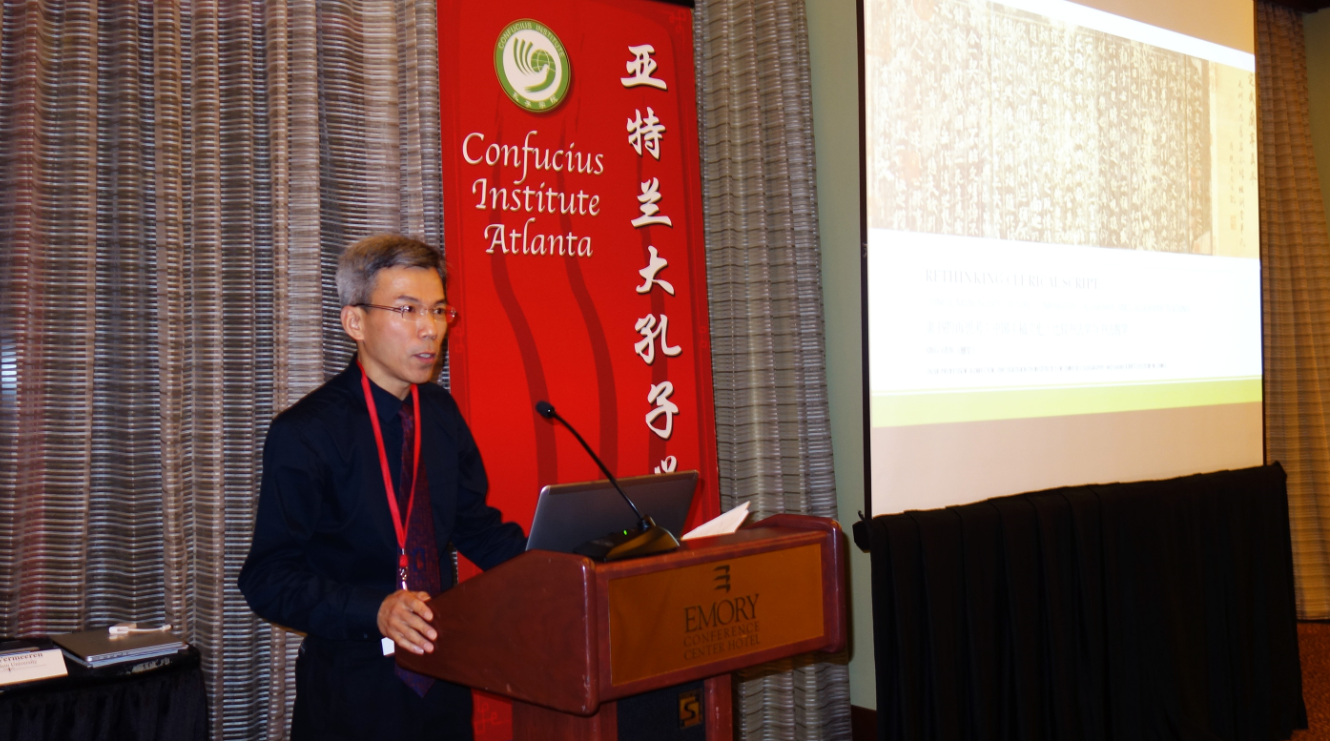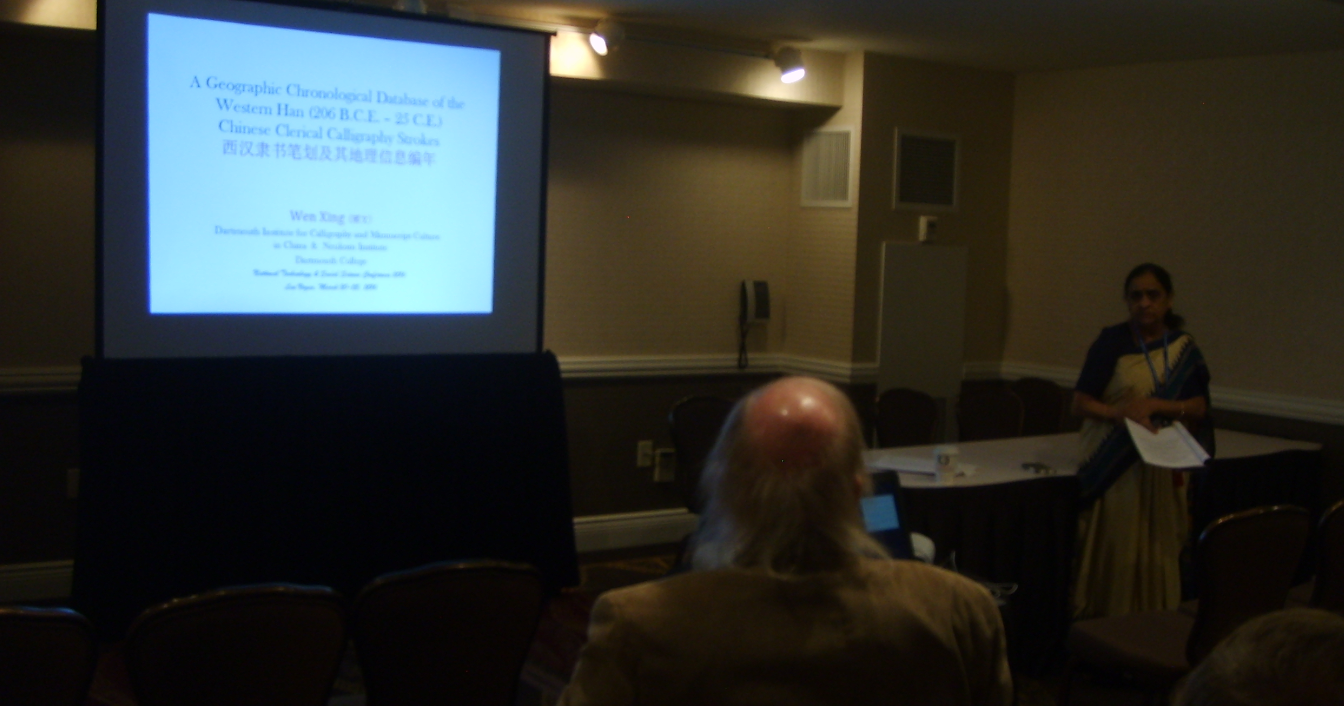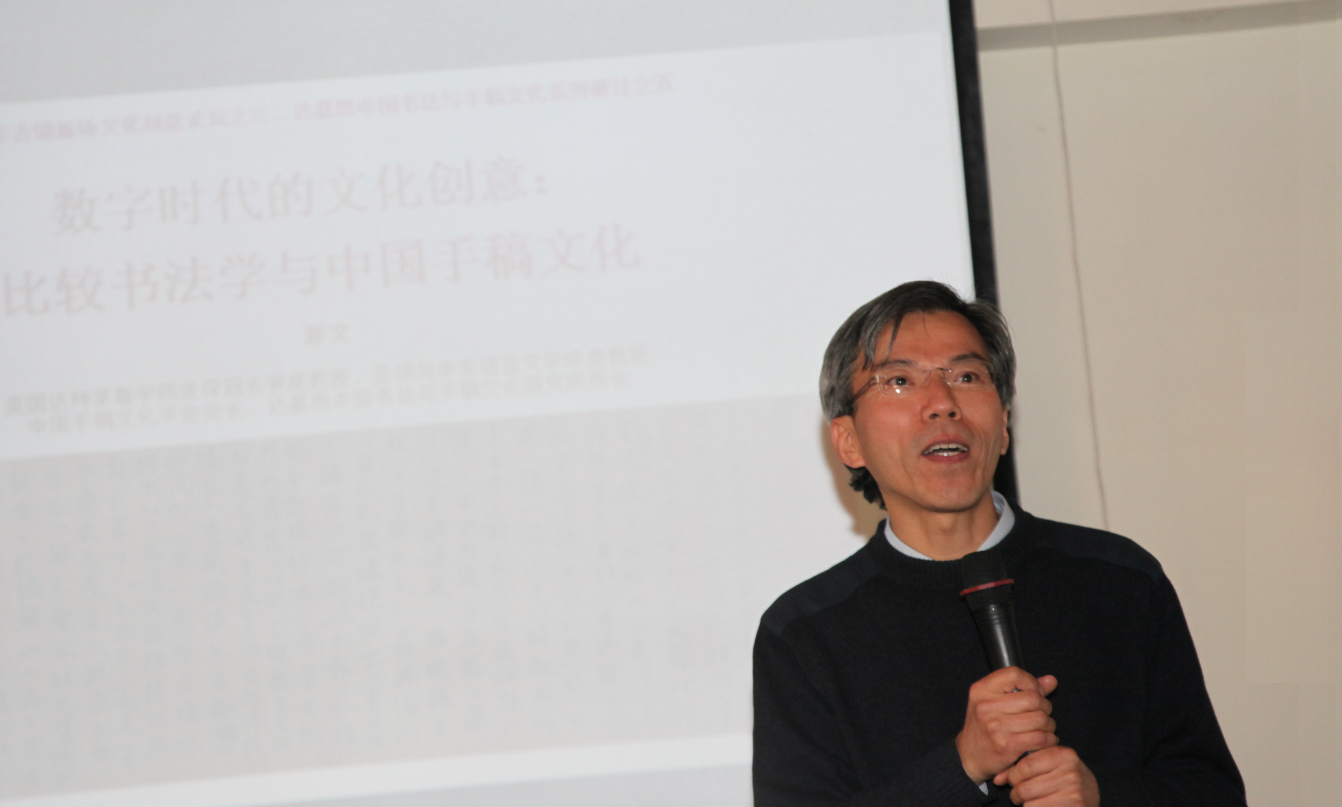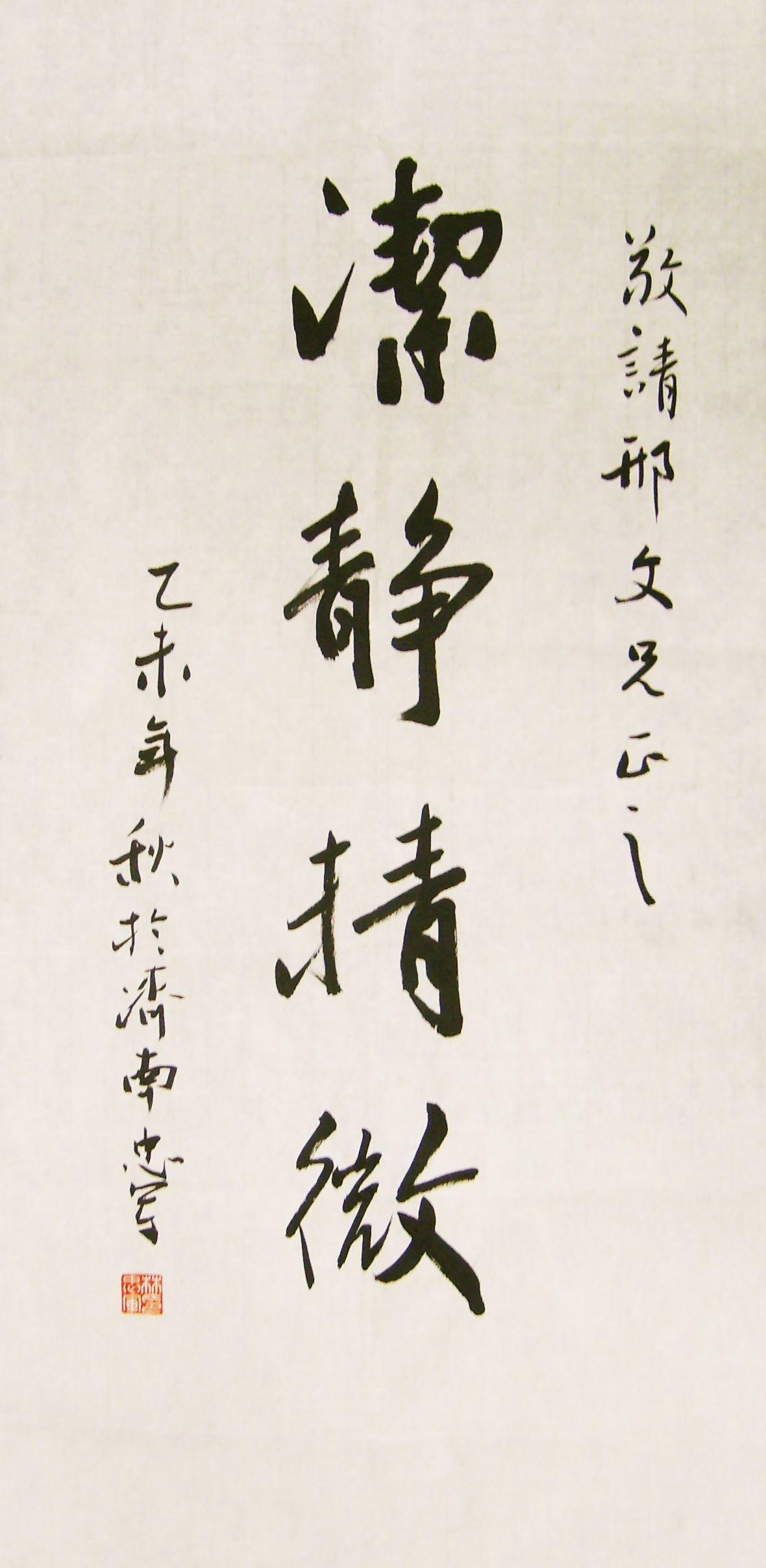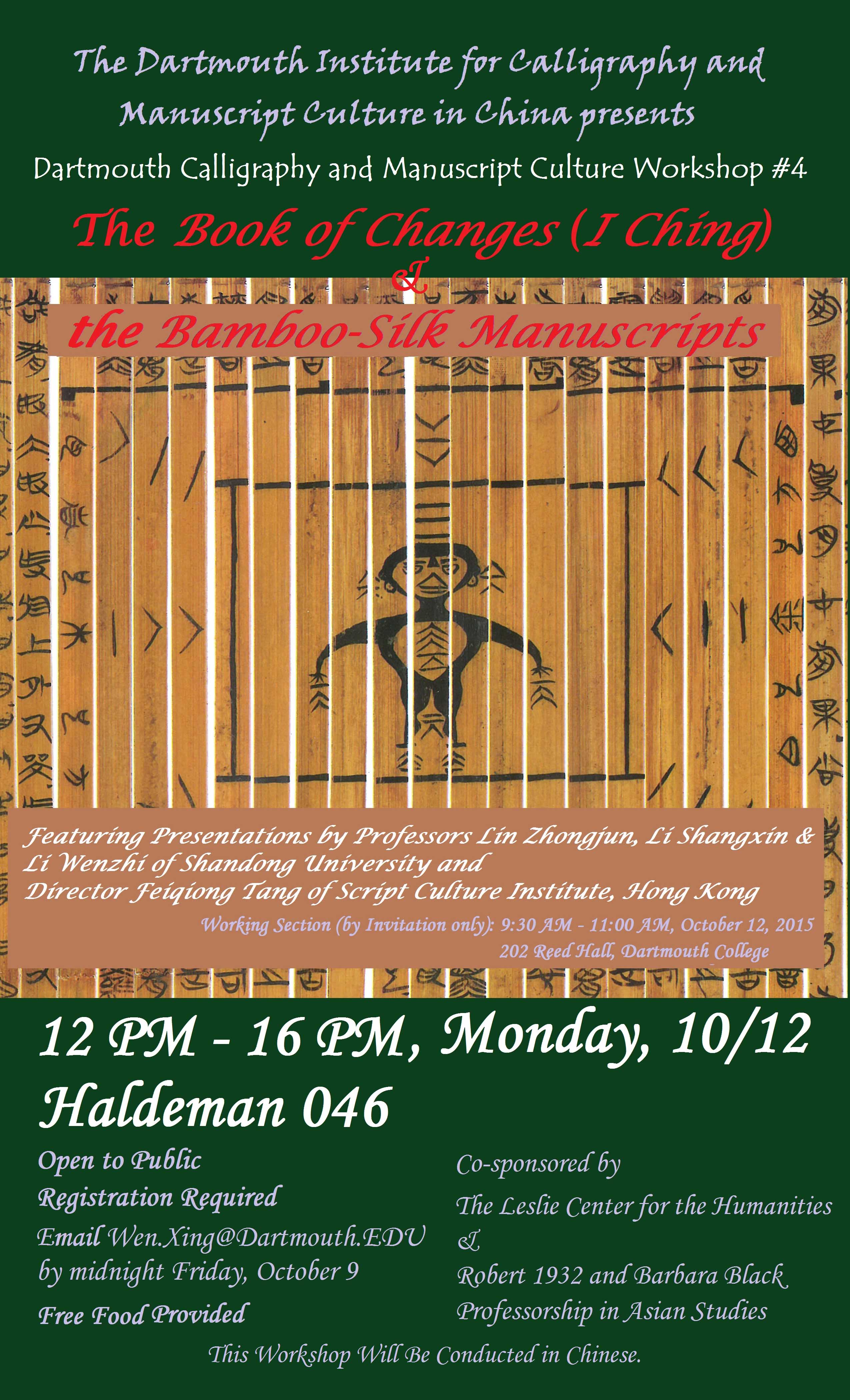On Monday, 24 August 2015, Prof. Wen Xing was invited to deliver a lecture on Chinese Manuscript Culture in the conference room (12F) of the China Social Sciences Press of the Chinese Academy of Social Sciences, “The Methodological Significance of Chinese Manuscript Culture.”

As Prof. Xing presented, from a postmethod perspective, what Chinese Manuscript Culture brought us exceeded traditional research subjects, materials and methodologies thus opened up a new field of study in traditional Chinese calligraphy and manuscripts.

Xing argued that the future of the humanities would be largely decided by how we reflected and exceeded the traditional concepts and theories of natural sciences.

Since the latest quantum cosmology almost simply repeated what Buddhists, Daoists and Confucians had proposed for cosmology thousands of years ago, it is inevitable to reconsider the scholarly and religious traditions as well as the latest scientific discoveries and theories from the perspective of the humanities in the East, as Xing argued. This is one perspective from which we see the methodological significance of Chinese Manuscript Culture.
